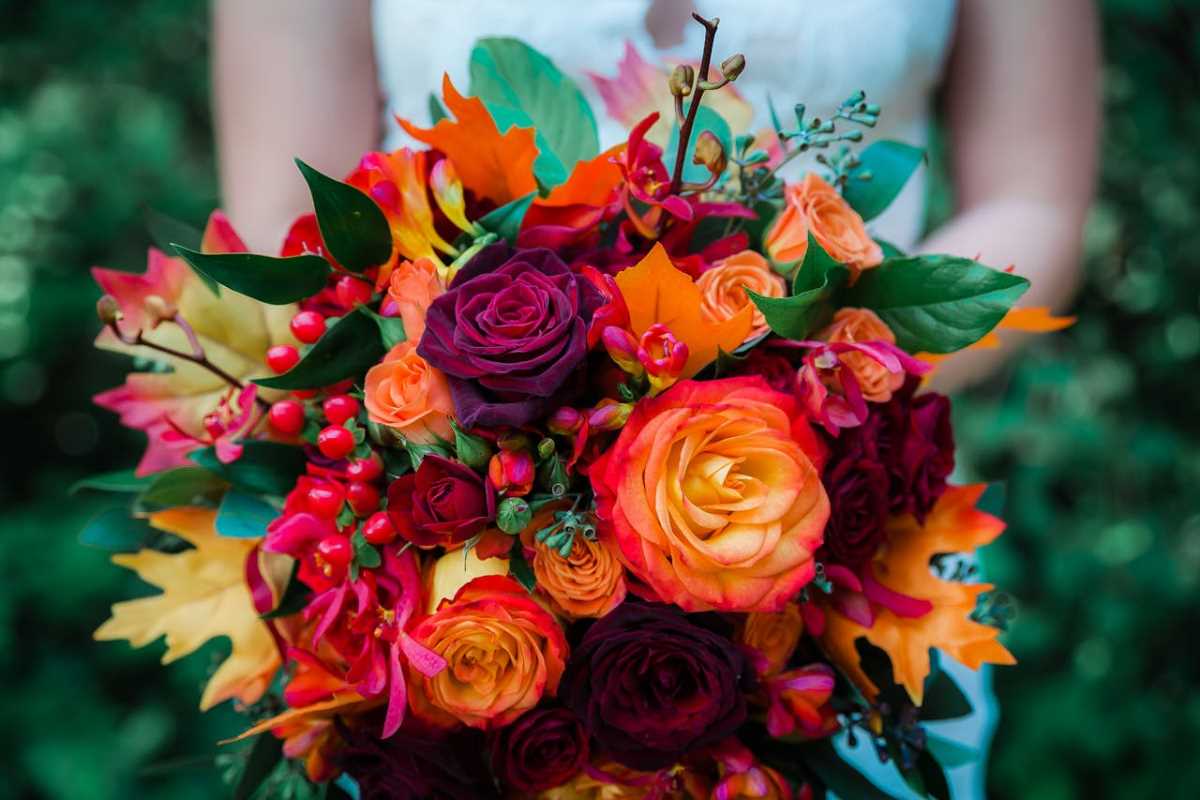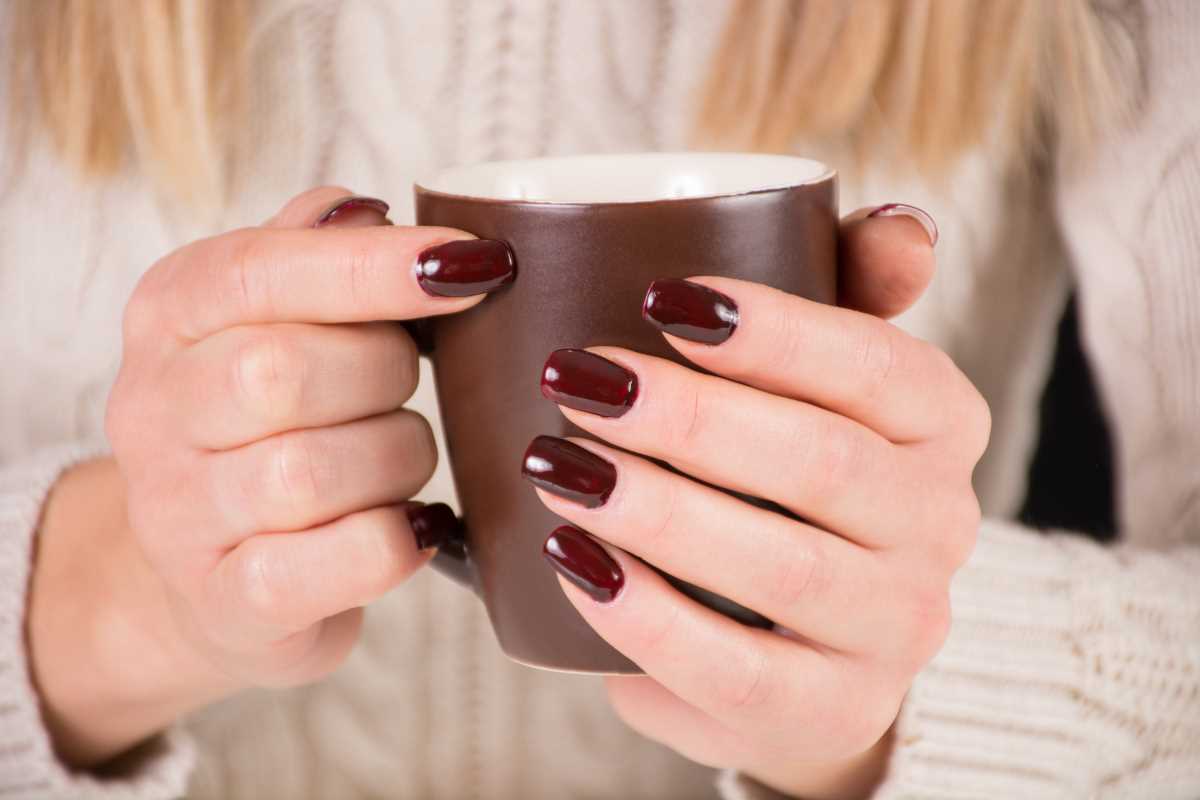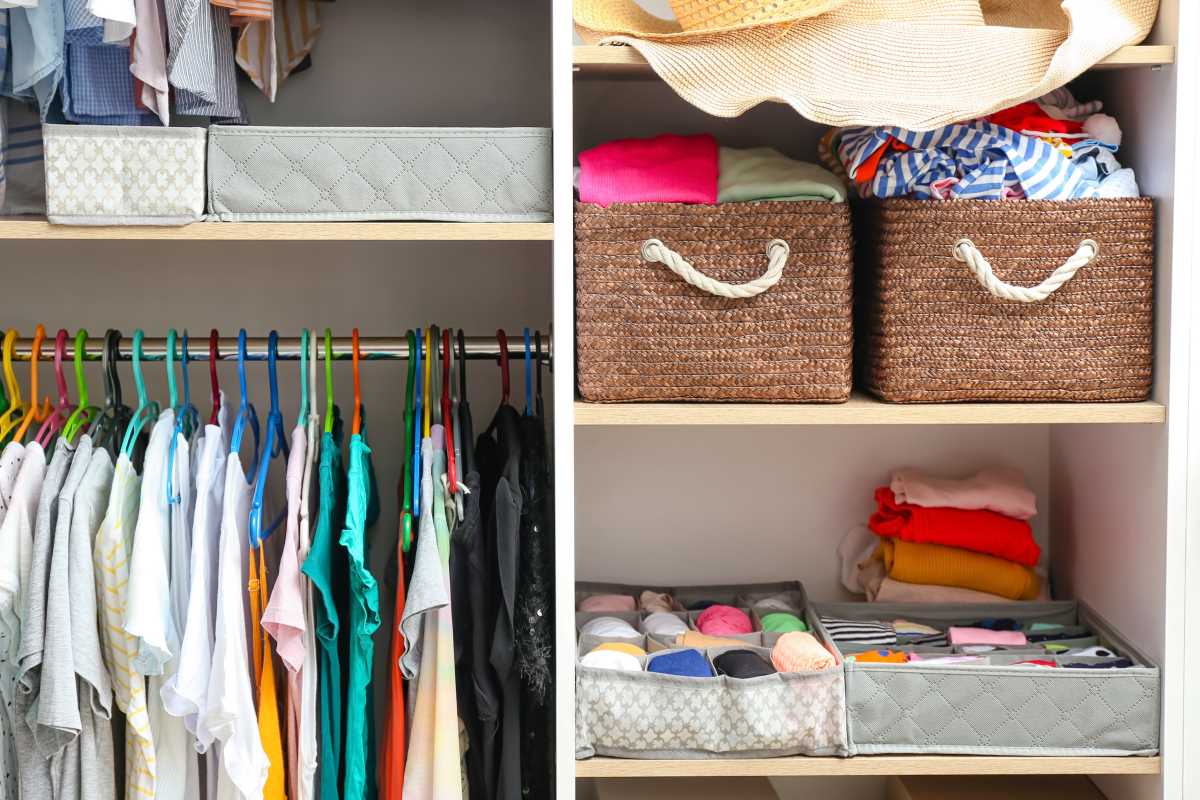Bringing a beautiful bouquet of flowers into your home is an instant mood-lifter, adding a touch of nature's elegance to any space. While buying a pre-made arrangement is lovely, have you ever considered creating your own? Learning the basics of floral arranging is more than just a charming hobby; it’s a rewarding skill that offers creative, therapeutic, and practical benefits. This practice allows you to express your personal style, connect with nature, and beautify your surroundings with your own two hands. We’re here to guide you through the wonderful world of floral design. This article will explore how this timeless art can enrich your life and provide you with simple, actionable tips to get you started.
Unleash Your Inner Creative
Everyone has a creative spark, and floral arranging is a wonderfully accessible way to let it shine. You don't need to be a professional artist to create something beautiful. Working with flowers provides a unique medium for self-expression and artistic exploration that is both fun and fulfilling.
A New Form of Self-Expression
Floral arranging is a personal art form. The colors you choose, the textures you combine, and the shapes you create all come together to reflect your unique personality and mood. A vibrant, bold arrangement might express joy and energy, while a soft, pastel-toned bouquet could evoke a sense of calm and serenity. Each creation is a snapshot of your artistic vision.
This process gives you the freedom to experiment. You can play with different flower combinations, foliage, and vase styles to discover what speaks to you. There are no rigid rules you must follow. Your arrangements can be as wild, structured, simple, or complex as you wish. This hands-on creativity builds confidence and provides a satisfying outlet for expressing feelings that words sometimes cannot.
Developing an Eye for Design
Engaging with floral arranging helps you develop a deeper understanding of fundamental design principles. You will naturally start to learn about balance, color theory, proportion, and texture. You will discover which colors complement each other, how different shapes create visual interest, and how to create a sense of harmony in your arrangements.
These skills are transferable to many other areas of your life. You might find yourself applying these new design sensibilities to decorating your home, putting together an outfit, or even plating a meal. Learning to see the world through a designer's eye enhances your appreciation for the beauty around you and empowers you to create more aesthetically pleasing environments.
The Therapeutic Power of Flowers
Working with your hands and connecting with nature has long been known to have calming effects on the mind and body. Floral arranging is a form of active meditation that can reduce stress, improve focus, and boost your overall mental well-being. We’ve got you covered with the reasons why.
A Mindful and Grounding Practice
The act of arranging flowers requires your full attention. You focus on the delicate task of trimming stems, feeling the different textures of petals and leaves, and carefully placing each element. This immersive experience pulls you into the present moment, quieting the endless chatter in your mind.
This practice is a form of mindfulness, which is the art of paying attention to the here and now without judgment. It helps to ground you, reducing feelings of anxiety and stress. Spending just a short amount of time focused on creating something beautiful can leave you feeling calmer, more centered, and mentally refreshed. It’s a simple way to carve out a peaceful moment for yourself in a busy day.
Connecting with Nature
For many of us, daily life is spent indoors, disconnected from the natural world. Floral arranging offers a simple and beautiful way to bring nature back into your life. The experience engages all your senses, from the vibrant colors you see to the fresh, earthy scents you smell.
This connection to nature has proven benefits for mental health. It can lower blood pressure, reduce stress hormones, and improve your mood. Whether you are using flowers from your own garden or blooms from a local market, the act of working with these natural elements is inherently restorative. It fosters a deeper appreciation for the cycles of nature and the simple beauty that it offers.
Practical Benefits for Your Home and Wallet
Beyond the creative and therapeutic advantages, learning floral arranging is a practical skill that can save you money and elevate your home environment. Creating your own arrangements is both cost-effective and empowering.
Beautifying Your Space on a Budget
Professionally designed floral arrangements can be expensive. By learning to create your own, you can enjoy the luxury of fresh flowers in your home far more often and for a fraction of the cost. You can buy loose flowers from a grocery store, a farmer's market, or even forage for interesting foliage in your own backyard.
This skill allows you to customize arrangements to perfectly suit your home decor. You can create a stunning centerpiece for a dinner party, a small bud vase for your nightstand, or a welcoming bouquet for your entryway. You have complete control over the size, style, and color palette, ensuring that every creation perfectly complements your space.
The Perfect Personalized Gift
A handmade floral arrangement is a thoughtful and deeply personal gift. It shows that you took the time and care to create something special for someone you love. Whether it is for a birthday, a thank you, or just because, a custom bouquet is far more meaningful than a generic, store-bought option.
You can tailor the arrangement to the recipient's favorite flowers, colors, or personal style. This adds a layer of thoughtfulness that is sure to be appreciated. Giving a gift that you have made with your own hands is a beautiful way to express your affection and share the joy of flowers with others.
How to Get Started with Floral Arranging
Feeling inspired to give it a try? Getting started with floral arranging is easier than you might think. You only need a few basic tools and a willingness to experiment. Here are some friendly tips to help you begin your journey.
Essential Tools and Materials
You don’t need much to get started. Here is a short list of basic supplies:
- Floral Clippers or Sharp Scissors: A clean cut helps flowers absorb water more effectively.
- Vases: Start with a few different shapes and sizes. Even simple glass jars or pitchers work beautifully.
- Water Source: A bucket or sink to hold and hydrate your flowers.
- Flower Food: Packets of flower food help prolong the life of your blooms.
- Optional: Floral tape or a "flower frog" can help hold stems in place for more structured arrangements.
Simple Steps for Your First Arrangement
- Prepare Your Flowers: Once you have your flowers, remove any leaves that will sit below the waterline in the vase. This prevents bacterial growth and keeps the water clean. Trim about an inch off the bottom of each stem at an angle.
- Start with Greenery: Begin by creating a base of foliage. This will establish the shape of your arrangement and provide a supportive framework for your flowers.
- Add Your Focal Flowers: Next, add your largest or most prominent flowers, often called focal flowers. Place them strategically within the greenery. Work in odd numbers (e.g., three or five) for a more natural look.
- Incorporate Filler Flowers: Use smaller, more delicate flowers, known as filler flowers, to fill in any gaps. These add texture and dimension to your bouquet.
- Review and Adjust: Step back and look at your arrangement from all sides. Don't be afraid to move things around until you are happy with the result. The most important rule is to have fun and create something you love.
 (Image via
(Image via





